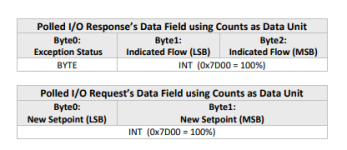Since Ken may have not seen your post I will give you my thoughts, although I may have to be corrected by someone more knowledgeable than me who may not agree with the below comments.
The DeviceNet baud rates depend on the DeviceNet bus trunk and drops combined lengths. I can get you some link from ODVA or other source with more details on specific lengths. But as a rule of thumb, if it is working for you at the lowest baud I would leave it as it is, because although of course at 500 kbps you will see a faster data throughput, since the length of the pulses at 500 K is roughly one fourth of the pulse length at 125 K, that means that the faster the baud rate the more vulnerable the bus becomes to electromagnetic noise and other disturbances. Roughly at 500 K the maximum bus length is 100 mts if it is a perfect daisy-chain without drops and very importantly, if the system uses standard DeviceNet media and termination. Since you only have 5 slave devices and the master, chances are that your combined DeviceNet bus length is less than a 100 mts, but even if this is the case, if the current data throughput is OK for your process I would leave it at 125K, so you have the most robust setting and save you future headaches if the network goes to marginal conditions if you changed the baud rate to 500K.
As another rule of thumb, and again I may get different opinions on this, if your IO cycle is half the PLC ladder cycle your process is sound from an IO refresh point if view. Of course for the process it will not have any bad effect if you can get the IO updated faster than half the PLC scan cycle, but faster IO scan rates give you less noise tolerance and potentially alarms due to communication errors, which means downtime, pain and calls at 2 in the morning from the maintenance department. Hope this is helpful.





